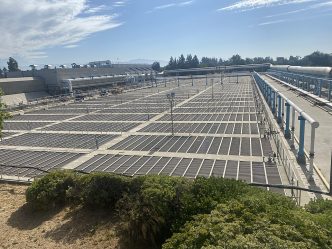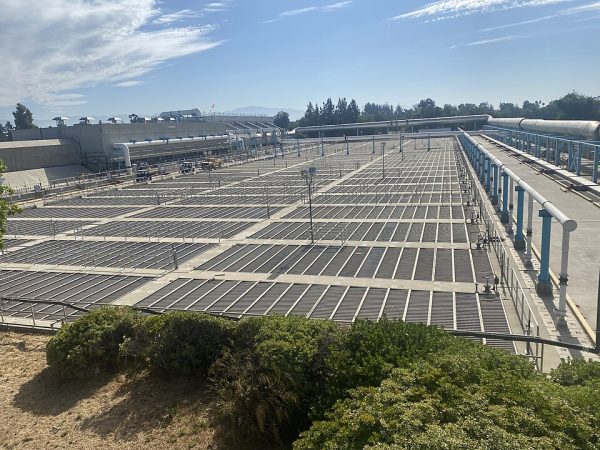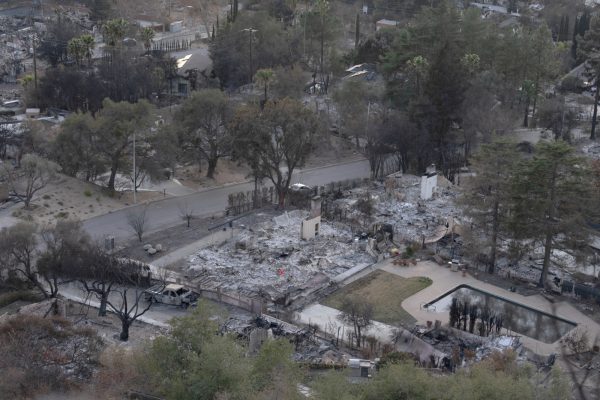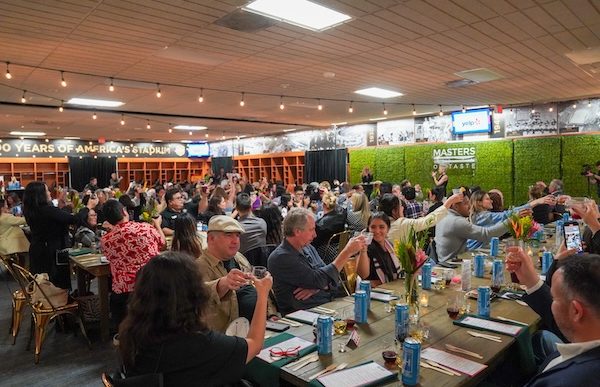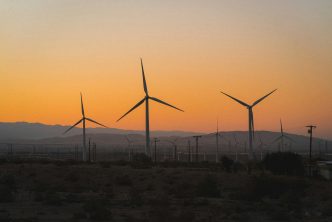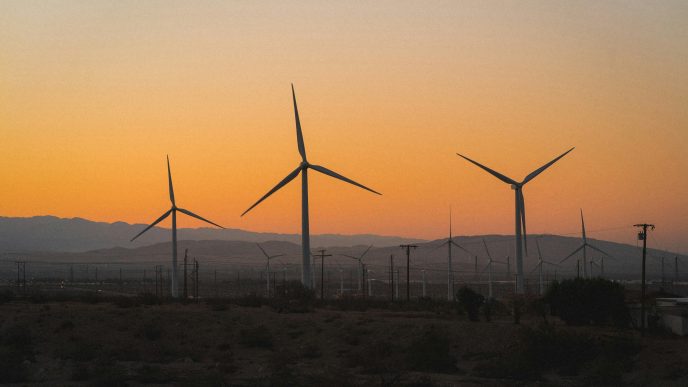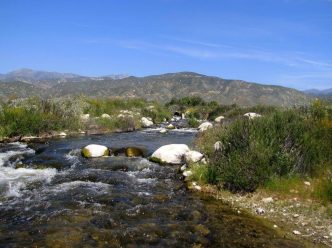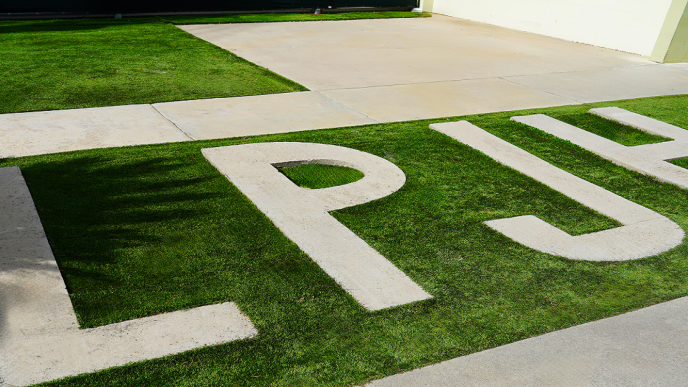Despite the prevalence of droughts in California and the southwestern U.S. over the last two decades, the states that use water from the Colorado River do a small amount of wastewater recycling, which wastes a chance to significantly reduce the regional water crisis, according to a UCLA study published Wednesday.
The report by UCLA and the Natural Resources Defense Council found that just 26% of treated wastewater from cities and counties is recycled in the seven states that rely on the river.
While California has the nation’s most comprehensive regulations supporting water recycling, the state reuses only 22% of treated wastewater.
Nevada’s program is the most robust, with 85% of the state’s wastewater recycled, followed by Arizona’s 52%.
Colorado, Wyoming and Utah reuse under 4%.
“We’re facing a hotter, drier future, and we need to pursue water recycling aggressively if we’re going to ensure a sustainable, resilient water supply for the Colorado Basin,” study author Noah Garrison from the UCLA Institute of the Environment and Sustainability said in a statement. “Even recycling 40% of our wastewater could make a dramatic difference, and we have two states already above 50%, showing this is an entirely feasible solution.”
The report was based on 2022 data from publicly owned treatment plants that process over 1 million gallons of wastewater daily in California, Colorado, Wyoming, Utah, Arizona, New Mexico and Nevada, the seven Colorado River-reliant states. Researchers reported that easily accessible regional data on the reuse of wastewater was difficult to find, forcing them to “call treatment plants one by one across several states” to gather information.
“It’s almost shocking how little information is available on how much water is being recycled or what recycled water is being used for,” Garrison said. “There is a tremendous opportunity to expand recycled water use, but the lack of adequate data is a significant barrier for increasing wastewater reuse.”
The study noted that several issues lead to a lack of water recycling, such as outdated infrastructure, nonexistent federal standards for reusing wastewater and states’ failure to track where treated wastewater ends up. While California data is available in an online public portal, in states such as New Mexico data is only available by contacting treatment plants one by one.
“Management of Colorado River water supplies has been proven unsustainable for decades due to climate change and a federal government unwilling to make all states live with less water from the river,” Mark Gold, director of water scarcity solutions at the Natural Resources Defense Council and a UCLA adjunct professor, said in a statement.
The study’s authors said the U.S. Environmental Protection Agency should work with states to establish recycling targets and standardized reporting protocols and develop model water-recycling laws for states to enact.
“Water reuse won’t solve the Colorado River crisis alone,” Garrison said. “But it’s one of the few solutions available today that can be rapidly scaled and sustained over the long-term.”
According to the report, if the seven states recycled 40% of wastewater, it would make available an annual supply of nearly 900,000 acre-feet of water — enough for nearly 2 million homes. That amount would increase to 1.3 million acre-feet annually if the recycling rate increased to 50%.

